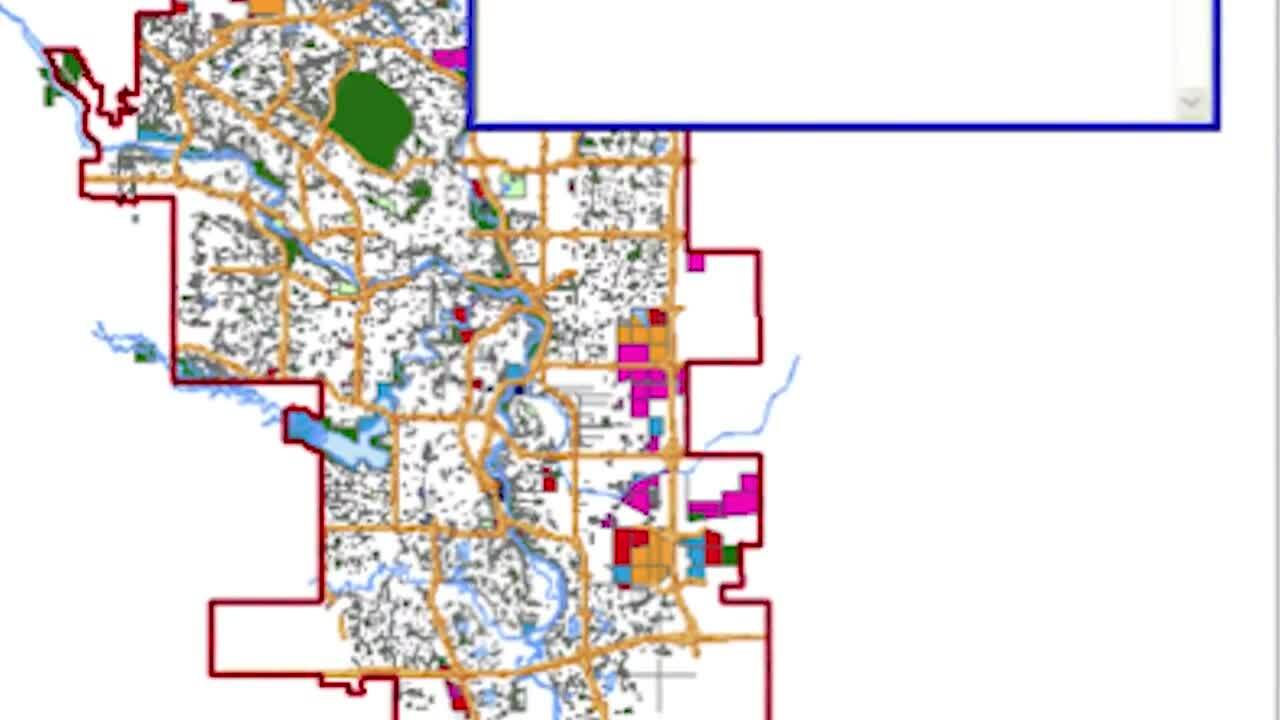OpenText™ Content Server and OpenText™ Records Management enable The City of Calgary employees to easily access, manage and store content while maintaining compliance and security. Accessibility and compliance are the perfect pairing, according to Colleen MacNaughton, corporate records analyst for The City of Calgary, especially when they are matched with a solution that answers needs with automatic control. “How do users need to access information so that they don’t realize they are complying while they are doing it?” MacNaughton asked, outlining an ideal model for information management. “Really, ECM is about supporting people and anticipating their needs.”
Business flexibility
“One of the things that is interesting about The City of Calgary is we have so many different lines of business,” said MacNaughton, whose corporate records team is situated in the City Clerk’s Office. “So, when we look at how OpenText Content Suite is being used, we have got really quite a range of applications.”
Initially, The City of Calgary implemented Content Server to ensure complete documentation for property taxes, including valuation, appeals and tax payment processes. Then, managers expanded the system to enable online permit applications and facilitate workflows within finance and other areas. Content Server also feeds The City website for documents and reports within the City Council collection. “Citizens can come to our public website and type in a query based on a concern they may have, for example, about cat licenses or their neighbor’s RV, and they are able to look up either the by-laws or to find a Council decision about the requirements or a new initiative that we might be doing,” MacNaughton said.
With Content Suite, employees also have quick access to city-related data. Users within the Geographic Information System (GIS) application at The City of Calgary can obtain information by clicking on an asset, from signs and street lights to water and sewer infrastructure, land databases and more.
MacNaughton enjoys talking to additional business units when they are looking for areas to update with ECM: “What is exciting to us about OpenText Content Suite is the flexibility to take the toolkit that OpenText provides and pull out the different pieces that are going to suit those business cases.”
Content management
The Content Suite Platform used by The City of Calgary is a comprehensive Enterprise Content Management (ECM) system designed to manage the flow of information from capture through maintenance, disposition or transfer to the Archives. Using ECM solutions from OpenText, The City of Calgary supports and anticipates needs of its constituents while meeting the productivity demands of employees and the regulatory requirements of its industry.
Almost half the business units within The City of Calgary—several thousand users—maintain a presence within Content Server, and it’s growing. What started as a way to manage documents is expanding as The City upgrades and adds functionality. “Document management is just one pillar for (OpenText),” MacNaughton said. “There are so many other pieces OpenText is adding for the whole enterprise.”
Other organizations could learn from how The City of Calgary is using Content Suite, particularly as it relates to information governance. First, Content Suite helps The City capture content it can actually track, according to MacNaughton. “It is really difficult to understand who is responsible and the value for the content that is still on network drives and in email accounts,” she said. Once a workspace is established in Content Server, the system automatically assigns responsibility, record type and retention requirements to documents as they are added. It eliminates chasing document owners for data: “They don’t remember anymore,” MacNaughton said. “They are on to the next project, the new challenge to them in their business environment…users don’t have to be records managers.”
Content created by one workgroup is easy to access by other workgroups through Content Suite. “We can help tie that together for them,” MacNaughton said, with transparency and seamless integration. “It really helps us to understand where the accountability is within the corporation and to make sure we are holding on to the content that has the most value for the business.”
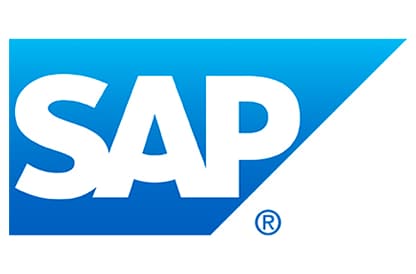

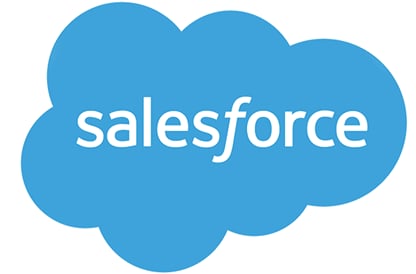

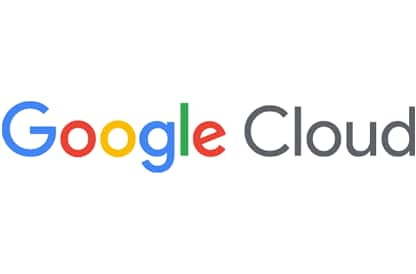
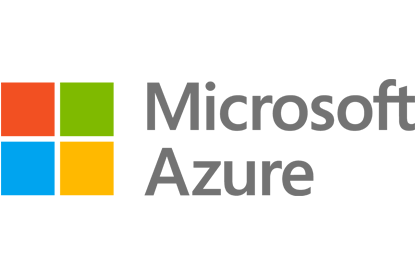
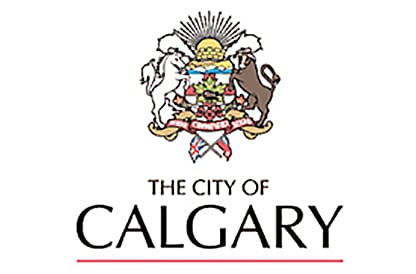 The City of Calgary
The City of Calgary


